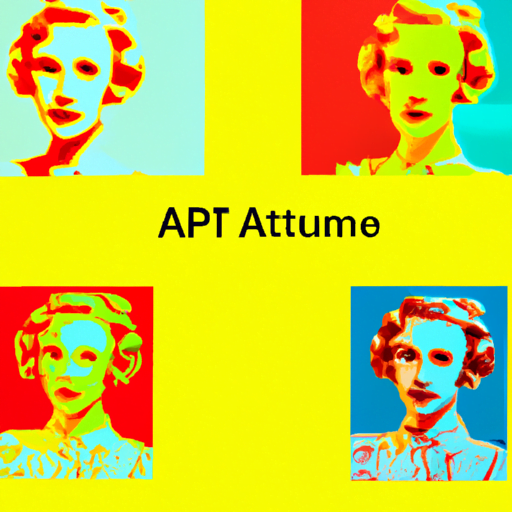
-
Table of Contents
AI’s Role in Enhancing User Onboarding Experiences

Introduction:
User onboarding is a critical process for any business that aims to provide a seamless and engaging experience to its customers. It involves guiding users through the initial steps of using a product or service, ensuring they understand its features and benefits. In recent years, artificial intelligence (AI) has emerged as a powerful tool for enhancing user onboarding experiences. By leveraging AI technologies, businesses can personalize onboarding processes, automate repetitive tasks, and provide real-time assistance to users. This article explores the various ways in which AI can improve user onboarding experiences, backed by relevant examples, case studies, and statistics.
1. Personalized Onboarding:
One of the key advantages of AI in user onboarding is its ability to personalize the experience for each user. By analyzing user data and behavior, AI algorithms can tailor the onboarding process to meet individual needs and preferences. For example, a mobile banking app can use AI to understand a user’s financial goals and provide personalized recommendations during the onboarding process. This level of personalization not only enhances the user experience but also increases user engagement and satisfaction.
Case Study: Netflix
Netflix, the popular streaming platform, uses AI to personalize the onboarding experience for its users. By analyzing user viewing history, preferences, and ratings, Netflix’s recommendation algorithm suggests personalized content during the onboarding process. This personalized approach has been instrumental in attracting and retaining millions of subscribers.
2. Automated Onboarding Processes:
AI can automate various aspects of the onboarding process, reducing the need for manual intervention and streamlining the overall experience. For instance, chatbots powered by AI can handle common user queries and provide instant assistance during onboarding. These chatbots can answer frequently asked questions, guide users through the setup process, and even troubleshoot common issues. By automating these tasks, businesses can save time and resources while ensuring a smooth onboarding experience for their users.
Case Study: Slack
Slack, the popular team collaboration platform, uses AI-powered chatbots to automate its onboarding process. When new users sign up, Slack’s chatbot guides them through the initial setup, helping them create channels, invite team members, and configure preferences. This automated onboarding process has significantly reduced the time and effort required for new users to get started with the platform.
3. Real-time Assistance:
AI can provide real-time assistance to users during the onboarding process, ensuring they have the support they need at every step. For example, AI-powered virtual assistants can guide users through complex tasks, provide contextual help, and offer suggestions based on user inputs. This real-time assistance not only improves the onboarding experience but also reduces user frustration and increases the chances of successful adoption.
Case Study: Grammarly
Grammarly, the popular writing assistant tool, uses AI to provide real-time assistance to users during the onboarding process. As users write, Grammarly’s AI algorithms analyze their text, provide suggestions for grammar and spelling corrections, and offer writing style recommendations. This real-time assistance helps users improve their writing skills from the very beginning, making the onboarding process more effective.
4. Data-driven Insights:
AI can analyze vast amounts of user data to provide valuable insights that can inform the onboarding process. By understanding user behavior, preferences, and pain points, businesses can optimize their onboarding strategies and improve user satisfaction. AI algorithms can identify patterns, trends, and correlations in user data, enabling businesses to make data-driven decisions and continuously refine their onboarding processes.
Case Study: Airbnb
Airbnb, the online marketplace for vacation rentals, uses AI to gain insights into user preferences and improve the onboarding experience. By analyzing user search and booking data, Airbnb’s AI algorithms can recommend personalized listings and experiences to new users during the onboarding process. This data-driven approach has been instrumental in increasing user engagement and bookings on the platform.
Conclusion:
AI has revolutionized the user onboarding experience by enabling personalization, automation, real-time assistance, and data-driven insights. Businesses that leverage AI technologies in their onboarding processes can provide a seamless and engaging experience to their users, leading to increased user satisfaction, higher adoption rates, and improved customer retention. As AI continues to advance, its role in enhancing user onboarding experiences will become even more significant. By embracing AI, businesses can stay ahead of the competition and deliver exceptional onboarding experiences that set them apart.
Key Takeaways:
- AI enables personalized onboarding experiences by analyzing user data and behavior.
- Automated onboarding processes powered by AI save time and resources.
- Real-time assistance from AI-powered virtual assistants improves user satisfaction.
- Data-driven insights from AI analysis optimize onboarding strategies.
- Businesses that embrace AI in onboarding gain a competitive edge.
